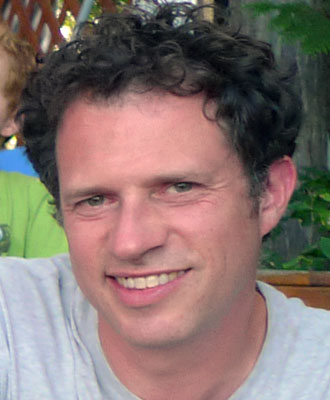Abstract
Distributed Acoustic Sensing (DAS) is an acoustic detection technology that has recently been applied in production and geophysical settings. A single mode silica optic fiber in a cable is attached to a well bore and interrogated with laser pulses. An Interrogator Unit on the surface generates the laser pulses which in turn are back-scattered by impurities within the silica lattice structure. The back-scattered signal is effectively a representation of the instantaneous strain on the fiber, which can be generated by sound (pressure waves and shear waves) and, at low frequencies, changes in temperature.
Fiber-optic cables can be installed in vertical and horizontal wells, which can be treatment wells, injector wells or observation wells. Within the cable there are often both single mode fibers (for DAS) and multi-mode fibers (for Distributed Temperature Sensing, or DTS). The extra fibers can offer redundancy and the ability to interrogate with different instrumentation simultaneously. Frequently a cable is deployed at a well for the purpose of monitoring the effectiveness of treatments in that well. However while the well is not being treated, the fibered well is effectively an observation, or offset, well which can be used to detect subsurface activity in the vicinity.
DAS has many applications, and I will discuss two particular cases:
- The application of this technology is discussed for detecting micro-seismic events, and a field trial along with a sensitivity analysis comparing DAS with geophones as well as possible location methods is presented.
- Diagnostics of hydraulic fracture behaviour from the treatment well itself and from an offset well. In a treatment well, it can be used to determine and quantify which stages and perforations take fluid. When this is combined with micro-seismic data we can establish a relationship between the micro-seismic events and the fracture fluid itself. This can help determine the overall effectiveness of the fracture design and resulting treatment. In an offset well, it can be used to determine when hydraulic fracture fluid (initiated from the neighboring treatment well in the same pad) intersects that well. We can then establish how the micro-seismic events relate to actual fluid placement and interference from neighboring wells. It can also provide an exact location and timing where fractures intercept offset wells and are linking up, and are a direct measurement of a conductive fracture.
Biography
Paul Webster is a geophysicist working for Shell Canada in the Technical Services Team. He holds an M.Sc. in Mathematics from the University of London (U.K.) and a Ph.D. in Physics from the University of Calgary. He has worked at Veritas and Woodside in Australia as a processing geophysicist. In 2004 he moved to Canada where he has worked a processing geophysicist, a seismic interpreter in the Deep Basin and most recently on Distributed Acoustic Sensing.






